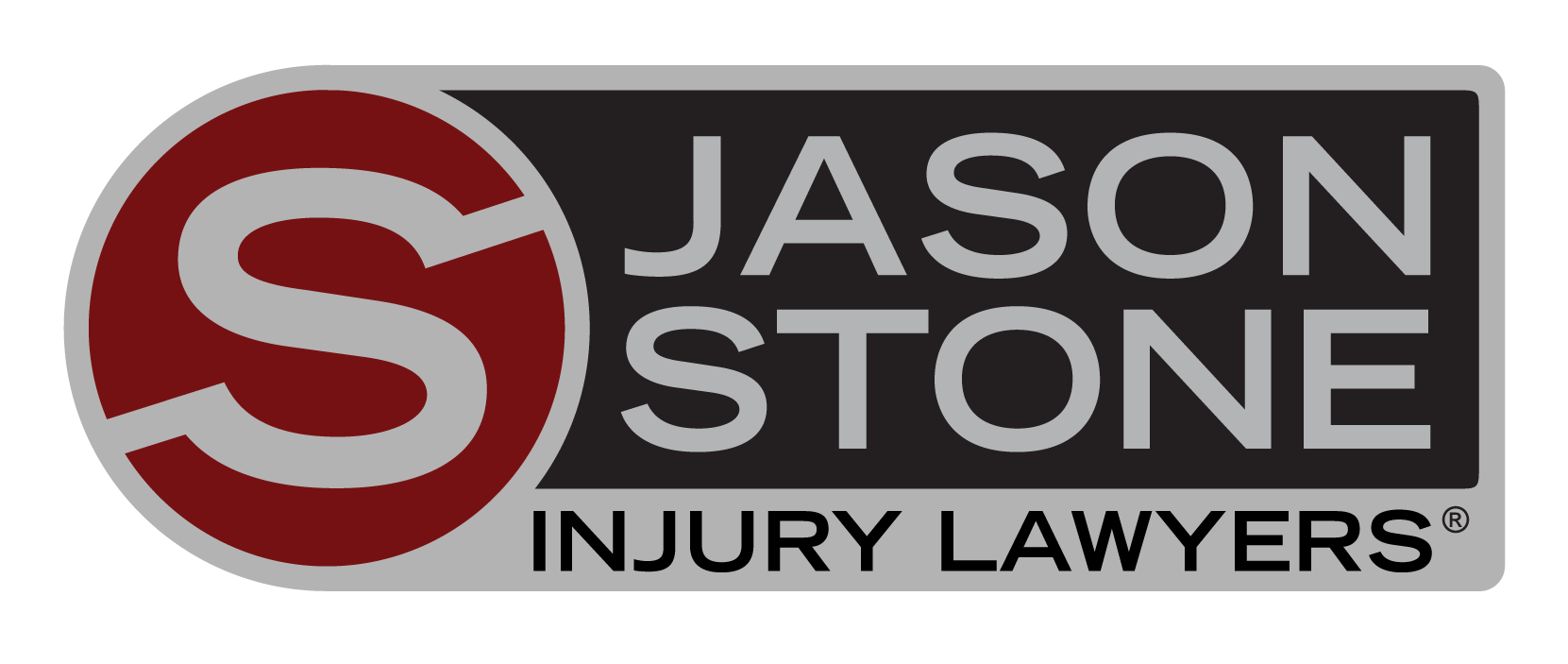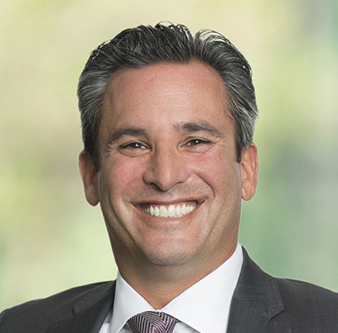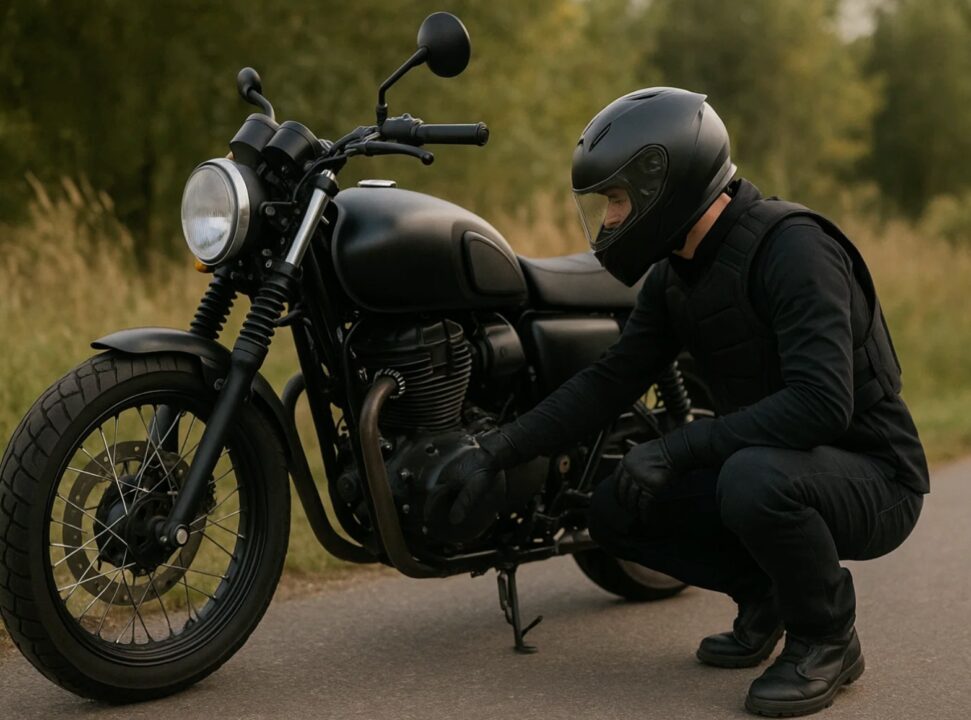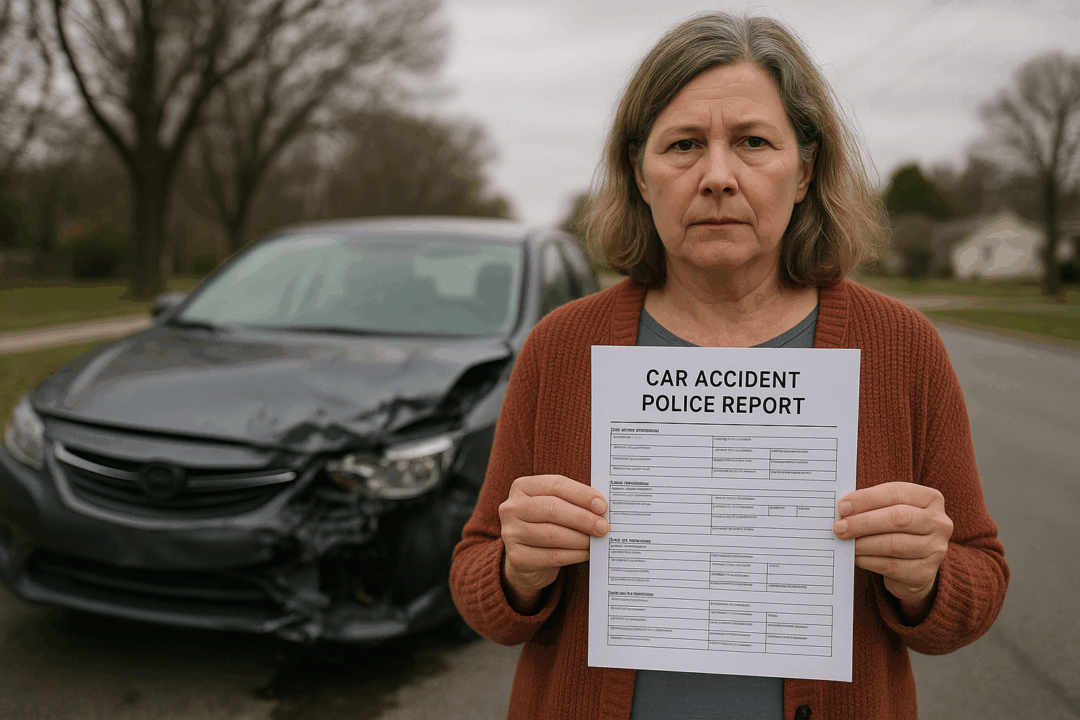
Driving in Boston can put you in danger more than you may realize. Many roads, including bridges and roads in poor condition, may increase the risk of accidents for drivers and pedestrians alike. Motorists traveling through the area may encounter poor road conditions caused by bad weather, including rough pavement and potholes.
As drivers travel through Boston, they may want to remain aware of which roads present certain types of danger, what they may encounter, and why the conditions of each may lead to a possible car accident.
The Importance of Road Condition Awareness
Remaining aware of road conditions while traveling through Boston can keep motorists safer and prevent a variety of related issues, including:
- Damage to vehicles
- An increased risk of serious injuries due to a car accident
- Pedestrian injuries resulting from poor road conditions/lack of stable shoulder
Those planning a road trip through Boston can protect themselves and others with careful travel planning, including real-time map downloads and previewing the condition of some of the worst roads in Boston.
1. Myrtle Street
This road, which measures only about 250 feet long, begins with moderately bad conditions and ends at the worst possible rating. The road runs through Central Boston, where it becomes narrow and vehicles must compete with pedestrians shopping or sightseeing, Boston bicyclists and other vehicles. Drivers of some larger cars, such as trucks or SUVs, may find it difficult to navigate this stretch of road safely.
Pedestrians may find Myrtle Street crowded because of the tourist activity in the area. Individuals taking photos or videos may not pay proper attention as they cross the road or cross in places other than designated crosswalks.
2. The I-95
This highway rates as one of the most dangerous in the United States and within Boston itself. The road stretches just over 90 miles and includes a number of dangers, such as:
- Severe congestion
- Poor road conditions in the wintertime
- Lanes that shift with little warning, as outdated road signs do not assist drivers
During the summer, the I-95 experiences even more congestion around Boston as beachgoers pass through on their way to the shores of Cape Cod. Traffic congestion may lead to rear-end accidents or crashes that include multiple vehicles.
3. State Route 24
Because Boston is one of the most historic cities in America, drivers can expect some of its roads, such as State Route 24, to retain some antiquity when it comes to overall conditions. Drivers on this road often lose patience because of its narrow construction and tend to weave in and out while avoiding slower drivers. Merging traffic also presents a danger, as exit lanes off freeways do not provide a great deal of room for drivers.
State Route 24 spans approximately 40 miles through Boston and many drivers who know the area well mark it as one of Boston’s most dangerous roads.
4. The I-495
This interstate highway provides an alternative to the I-95 for many commuters, but in some ways, it is just as dangerous. The highway tends to back up quickly, which may cause accidents as drivers exit and attempt to merge. Commercial vehicles, such as large trucks and tractor-trailers, use the 495 frequently, which can pose a threat to smaller cars.
Multiple exit ramps that connect along the I-495 can also make this stretch of highway difficult to manage, especially for motorists not familiar with the area.
5. Water Street
This road is one of the oldest in Boston, and it shows. Not only is it narrow and winding, but its location near Boston University also makes it one of the most congested. Pedestrians may have the most severe risk of injury in this area, especially if they cross the road in areas not marked clearly. Drivers who navigate curves on Water Street may not have the visibility required to avoid an accident with a pedestrian.
Bicyclists, a common sight on this street because of the university, also face certain risks when biking along Water Street. The road’s narrow construction does not allow much room, and when cyclists must share the road with vehicles and pedestrians, this could leave them open to greater risk of injury.
6. Interstate 93
Some Bostonians consider the I-93 one of the most dangerous in the city, and for several reasons. The road itself intersects the very center of the city, causing drivers to face heavy traffic and severe congestion most days. It also contains a number of potholes from spring rain and bad winter weather, causing issues for those coming off exits. Some potholes grow so large that drivers can no longer avoid them, and at this size, they may even cause motorists to briefly lose control of their vehicles, which can cause an accident.
This road also collects standing water after the spring thaw and heavy rains, which increases the risk of skidding and hydroplaning. When a car’s tires lose contact with the road’s surface, they may travel quickly and with great momentum, causing a multi-car accident and numerous injuries for all involved.
Traveling Boston’s Roads Safely
Motorists who travel to Boston and even those who know the area well still face risks while traveling the roads mentioned above. However, they can reduce the risk of a crash in several ways, including:
- Turning off phones or setting safe driving apps
- Avoiding driving in bad weather
- Remaining aware of certain road conditions before getting behind the wheel
Driving defensively and keeping one’s eyes on the road at all times can prevent crashes while navigating these difficult streets. Drivers can also ask passengers to keep conversation at a minimum and avoid excess distractions so those behind the wheel can focus on their surroundings.
We Can Handle A Boston Car Accident
At Jason Stone Injury Lawyers, our team understands the stress and worry a car accident can cause, especially if the driver or anyone involved received injuries. Sometimes, understanding who is at fault is not as clear as it might seem, and our lawyers have the experience and knowledge to assist anyone searching for legal assistance after a Boston car accident. Contact us today for a no-obligation consultation and get your life back on track.
Not Trusting What You’re Being Told?
Better Phone Stone
800-577-5188
 START MY NO OBLIGATION CONSULTATION
START MY NO OBLIGATION CONSULTATION











